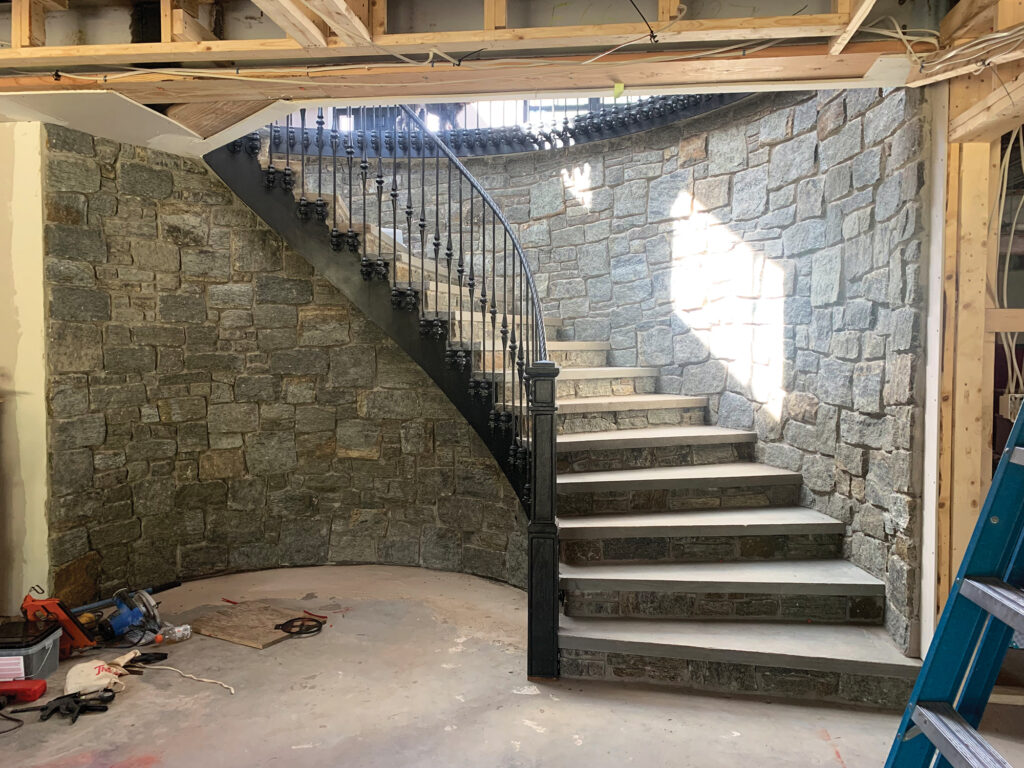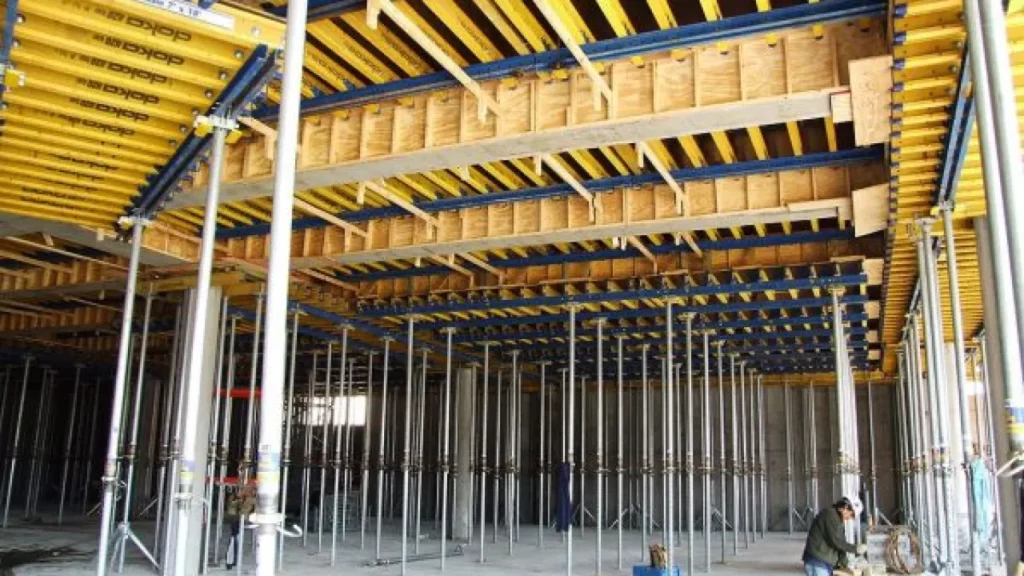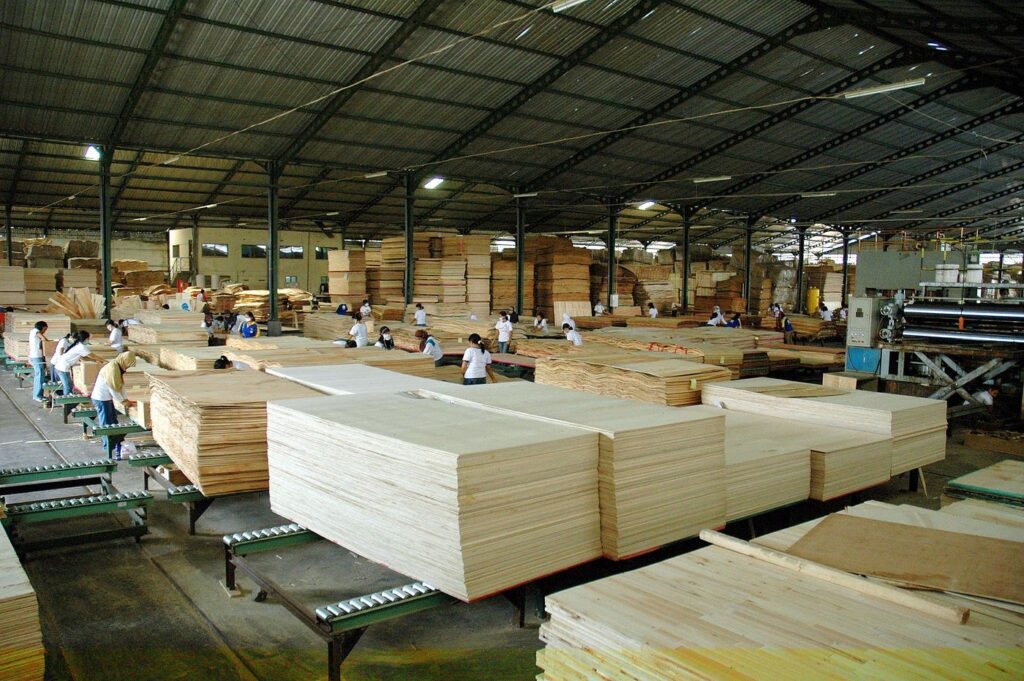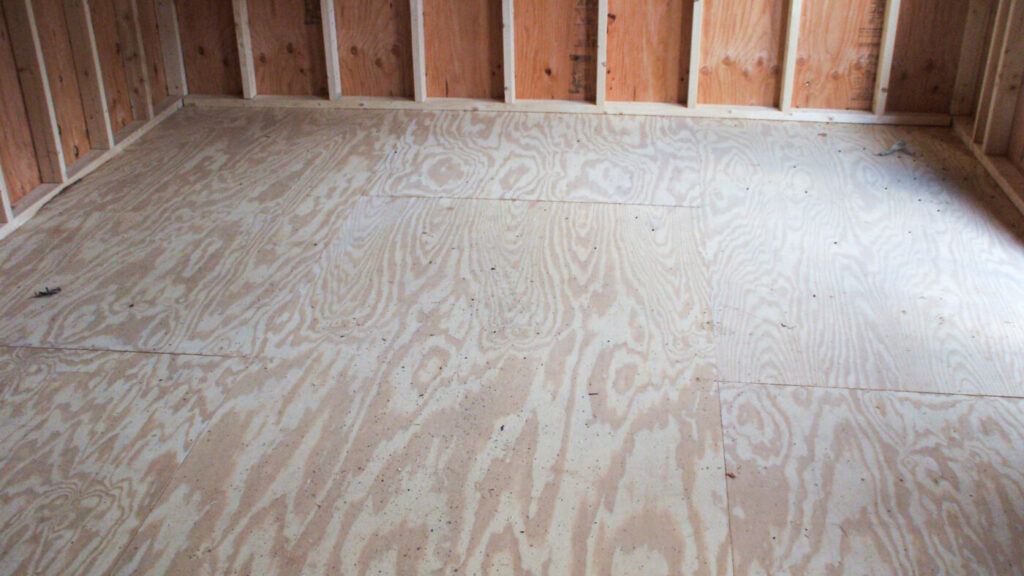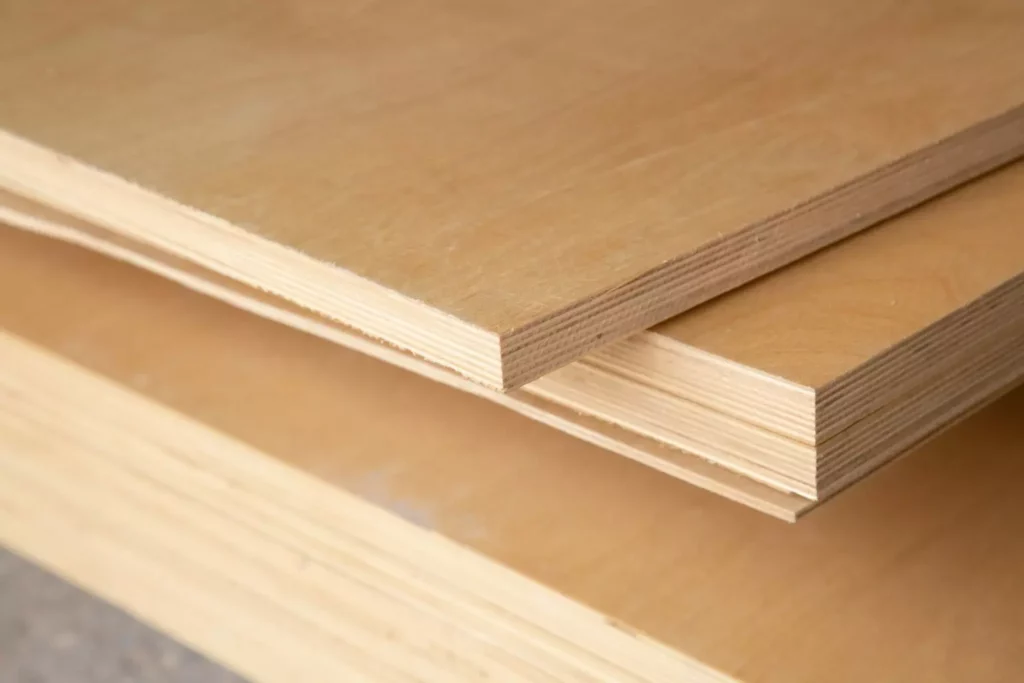Understanding the basics of concrete form plywood
Concrete form plywood is a specific type of plywood designed to withstand the rigours of concrete pouring and curing processes. It is primarily used to create forms or moulds that shape the concrete while it is setting. Understanding its features and applications can help ensure you choose the best materials for your construction project.
This plywood variant is manufactured to resist the moisture and pressure from liquid concrete, making it crucial in construction—especially in environments where the integrity and durability of the formwork are paramount. Knowing how concrete form plywood differs from standard plywood is an essential step for both DIY enthusiasts and seasoned builders.
What is concrete form plywood?
Concrete form plywood consists of multiple layers of wood veneers glued together, designed specifically for use in structural applications. Its surface is treated to provide a smooth finish, aiding in the prevention of concrete adhesion while ensuring a cleaner separation post-cure. Most commonly, the plywood is made from hardwood or a mixture of softwood and hardwood, giving it the strength required for demanding construction projects.
Another defining trait of concrete form plywood is its exceptional moisture resistance. It possesses a waterproof adhesive that allows it to withstand the aggressive conditions associated with wet concrete. This quality makes it significantly more suitable for formwork than regular plywood, which might swell or degrade when exposed to moisture.
Importance of choosing the right plywood
Selecting the right concrete form plywood is undeniably crucial to the success of your project. The quality of the plywood directly impacts the form’s strength and stability during concrete curing, as well as the finish of the concrete structure itself. Using inferior material can lead to form failures, which not only jeopardises the project’s timeline but can also lead to costly repairs and delays.
Moreover, the right plywood influences the overall aesthetic of the final product. An optimal choice of concrete form plywood ensures that the surface retains its integrity, producing a more appealing finish without blemishes. Ultimately, it contributes to the longevity of the structure, serving as a foundational element throughout its lifespan.
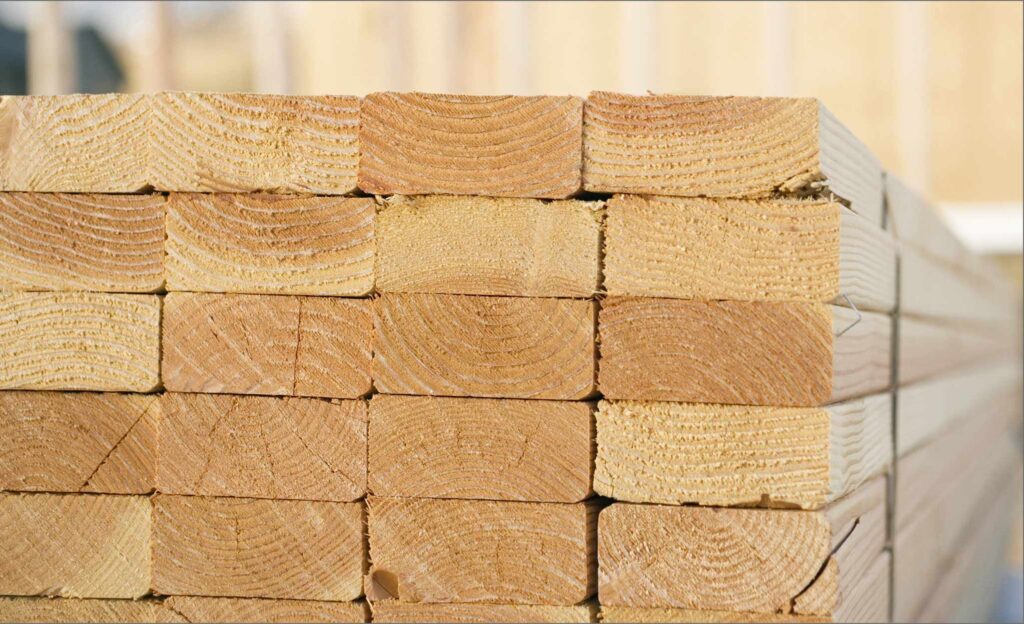
Key factors to consider when selecting concrete form plywood
When choosing concrete form plywood, there are several key factors that should guide your decision-making process. Understanding these aspects can significantly improve the effectiveness and durability of your formwork.
Assessing the quality of plywood
The quality of the plywood is perhaps the most pressing factor to consider. High-quality concrete form plywood is made from resilient materials capable of withstanding heavy weight and maintaining structural integrity throughout the pouring and curing process. Look for plywood that has a smooth surface and minimal imperfections in the veneer, as these will directly affect the concrete’s surface finish.
Additionally, checking for certifications, such as those from the Forest Stewardship Council (FSC), can help ensure the plywood has been sourced sustainably and meets environmental standards.
Considering the project requirements
Every construction project has its own unique set of requirements. For instance, the size, complexity, and expected load of the formwork should play a role in your plywood selection. For larger structures that require taller forms or consist of complex shapes, thicker or multiple layers of plywood may be necessary to ensure stability and robustness.
Understanding the specific needs of your project allows you to make an informed decision about the appropriate type of plywood to choose, leading to better outcomes and smoother execution.
Evaluating the plywood’s durability and strength
Durability and strength are paramount when it comes to concrete form plywood. You will want to assess factors such as thickness, adhesive strength, and moisture resistance. Thicker plywood typically provides better support and durability, while high-quality adhesives ensure the layers remain bonded under stress. Find more about stress on https://www.montana.edu/extension/wellness/stress-management/mt_farm_stress_clearing_house/what_is_stress.html
Investing in plywood that boasts superior engineering and craftsmanship can prevent potential issues during the curing process, such as warping or breakage, thus saving time and resources in the long run.
Different types of concrete form plywood
Understanding the types of concrete form plywood available is essential for making an appropriate selection that matches your project’s requirements. Each type has unique properties, advantages, and disadvantages suited for specific applications.
Overview of hardwood plywood
Hardwood plywood is known for its strength and durability. It typically comes from deciduous trees such as oak and birch. Due to its robust nature, hardwood plywood is often preferred for larger, heavier pouring tasks where structural integrity is critical.
The smooth surface commonly associated with hardwood plywood also provides a superior finish, making it ideal when appearance matters as much as performance.
Understanding softwood plywood
In contrast, softwood plywood is derived from coniferous trees like pine and spruce. It is generally lighter and more economical than hardwood plywood, making it a popular choice for temporary forms or smaller projects.
While softwood plywood can be a reliable choice for projects that do not require heavy-duty formwork, it might not be as durable as hardwood plywood for larger constructions that demand extra strength.
The role of composite plywood
Composite plywood, often a blend of both hardwood and softwood, combines the benefits of both materials. It offers a balance of strength, weight, and cost-effectiveness. This type is particularly versatile and is gaining popularity in various construction applications due to its performance and affordability.
When considering composite plywood, be mindful of the specific needs of your project and choose a quality that aligns with your objectives. It may be especially beneficial in scenarios where budget constraints are a significant factor.
The role of plywood grades in your selection
Plywood comes with a grading system that can guide you in choosing the right type for your project. Understanding this grading will equip you better when making a purchase.
Deciphering plywood grading system
The grading system typically ranges from A to D, with A being the highest quality. An A-grade plywood features a smooth surface with no knots or imperfections, while B-grade may allow a few small knots. Each subsequent grade signifies greater imperfections, making it essential to select an appropriate grade based on your project’s visibility and structural requirements.
How plywood grades affect your project
The grade of plywood you select will directly impact its performance and the final appearance of your construction. For projects demanding a flawless finish, A-grade plywood is the go-to, but for hidden structural applications, lower grades may suffice without compromising safety. To read more about safety click here.
It is essential to evaluate the intended use and visibility of the plywood in your project to guide your decision on which grade offers the best value for your needs.
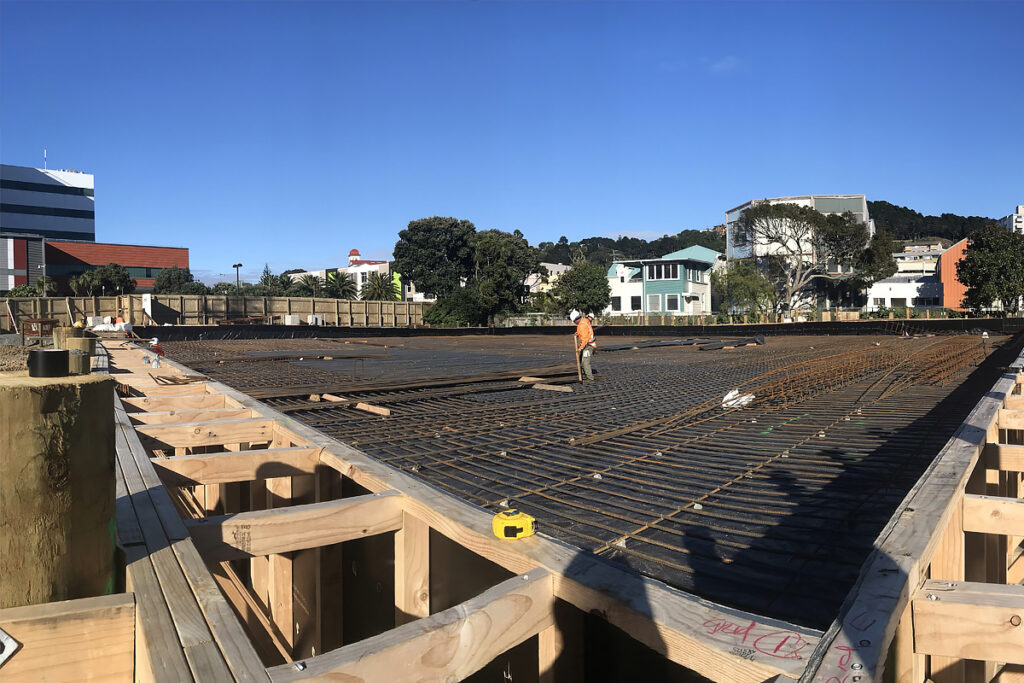
Tips for purchasing concrete form plywood
Where to buy quality plywood
Finding a reputable supplier is key to obtaining high-quality concrete form plywood. Local lumberyards and specialised construction suppliers often stock quality options. Online retailers can also provide a wide selection but ensure that they have good customer reviews and a solid reputation for quality.
Additionally, visiting a supplier in person allows you to inspect the plywood before purchase, ensuring it meets your standards.
Avoiding common mistakes when buying plywood
One of the most common pitfalls in purchasing plywood is not verifying its suitability for your specific project needs. Always remember to consider the intended use, weight load, and exposure to moisture before making a decision.
It’s also wise to avoid opting for the cheapest option available without assessing its quality. Investing in a reputable brand, while potentially more costly, can lead to significant savings in time and resources should materials fail during use.
With these considerations in mind, you will be well-prepared to choose the right concrete form plywood for your project, ensuring a successful and satisfactory outcome.
Other resources: Creating Smooth Curves with Plywood Curved Concrete Forms


